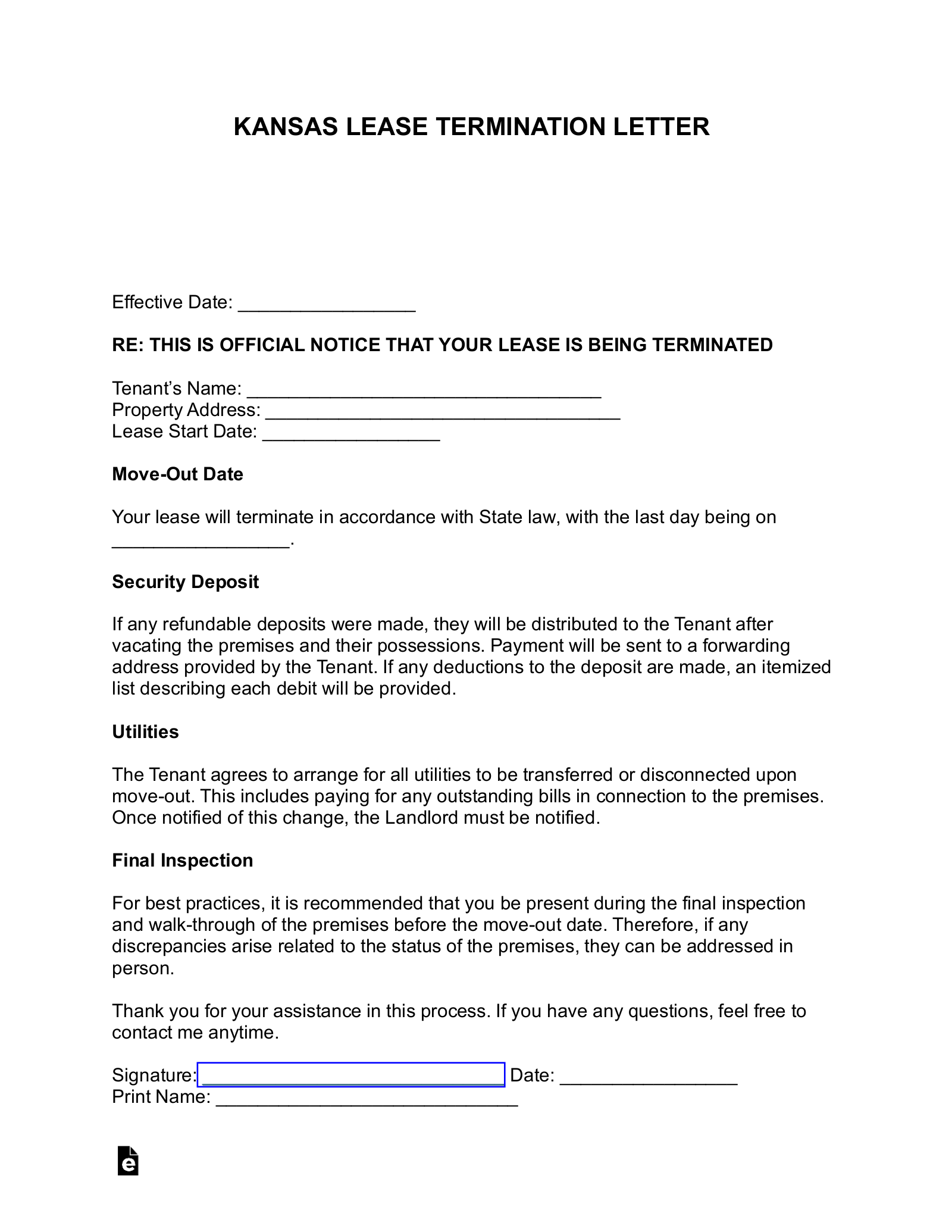
Navigating Lease Termination: Essential Documentation for a Smooth Exit
Leaving a leased property involves a series of steps and requires careful attention to detail. Whether you’re a tenant preparing to move on or a landlord navigating the end of a lease agreement, understanding the importance of proper documentation is crucial for a smooth lease termination process.
1. Initiation of Lease Termination: Setting the Stage
The process of lease termination typically begins with either the tenant or the landlord expressing the intent to end the lease. This initiation sets the stage for the various steps that follow. Clear communication is essential to ensure that both parties are on the same page regarding the termination timeline and any specific conditions outlined in the lease agreement.
2. Reviewing Lease Agreement Terms: Knowing Your Responsibilities
Before diving into the documentation process, it’s crucial for both parties to review the terms outlined in the original lease agreement. This step helps ensure that all responsibilities related to the termination process are understood and fulfilled. From notice periods to potential fees, adherence to the agreed-upon terms is vital for a smooth exit.
3. Providing Notice: Fulfilling Legal Requirements
Many lease agreements require tenants to provide a written notice of their intent to terminate the lease within a specified timeframe. This notice period is often outlined in the lease agreement and varies by location. Tenants should ensure they comply with these legal requirements to avoid complications and potential financial repercussions.
4. Property Inspection: Assessing Conditions and Responsibilities
Once the notice has been given, landlords may conduct a property inspection to assess its condition. This step helps identify any necessary repairs or maintenance that may be the tenant’s responsibility. Addressing these issues promptly contributes to a positive and cooperative lease termination process.
5. Documenting Property Condition: The Move-Out Checklist
Both tenants and landlords benefit from a detailed move-out checklist. This document outlines the condition of the property at the time of the tenant’s departure and serves as a reference point for any security deposit claims or disputes. Thorough documentation of the property’s condition helps mitigate potential disagreements and ensures a fair resolution.
6. Finalizing Financial Obligations: Settlement of Accounts
Lease termination involves settling financial obligations, including any outstanding rent, fees, or charges. Tenants should ensure that all payments are made promptly, and landlords should provide a clear breakdown of any deductions from the security deposit. This transparency in financial matters contributes to a positive end to the leasing relationship.
7. Returning Security Deposits: Transparency is Key
One significant aspect of lease termination is the return of the security deposit. Landlords should provide a transparent breakdown of any deductions made and return the remaining amount within the timeframe specified by local regulations. Clear communication regarding the use of the security deposit helps maintain trust between both parties.
8. Issuing a Letter of Termination: Formalizing the Process
A formal letter of termination is often required to officially end the lease agreement. This letter should include details such as the effective date of termination, the condition of the property, any financial settlements, and instructions for returning keys. Providing a comprehensive and well-drafted letter helps avoid misunderstandings and establishes a formal record of the termination.
9. Handling Disputes: Mediation and Legal Assistance
In some cases, disputes may arise during the lease termination process. Whether related to property condition, security deposit deductions, or other matters, parties should consider mediation or legal assistance to resolve conflicts amicably. Seeking professional guidance helps prevent prolonged disputes and ensures a fair resolution.
10. Moving Forward: Learning from the Experience
As the lease termination process concludes, both tenants and landlords have the opportunity to reflect on the experience. Learning from the process can inform future leasing agreements, helping to improve communication, clarify expectations, and streamline future lease terminations.
For more information on lease termination documentation, visit PatrickEtsesFantomes.com.
